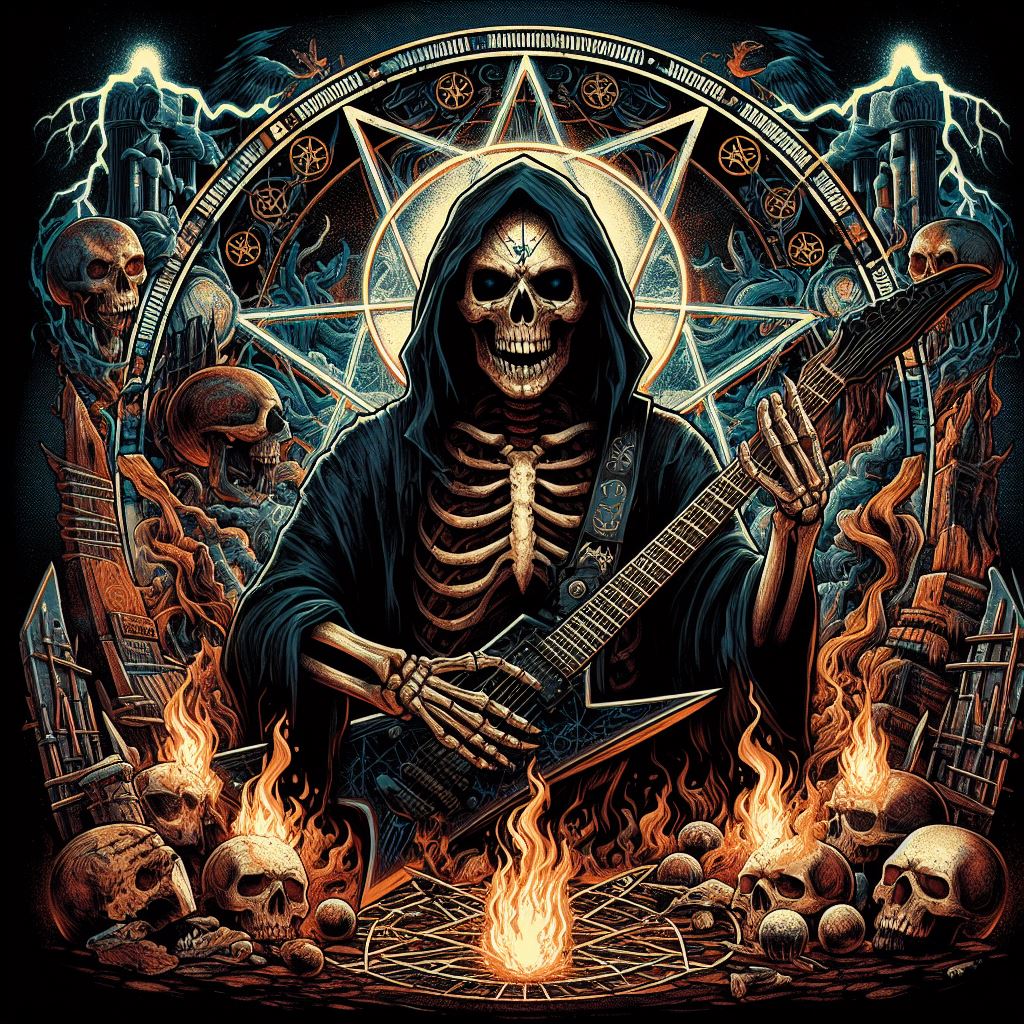Metal Church, a name synonymous with American thrash metal, boasts a rich history filled with triumphs, tribulations, and a sound that continues to resonate with fans worldwide. Formed in 1980s Seattle, the band carved a unique path, blending technicality with raw aggression, soaring vocals, and socially conscious lyrics. This article explores the journey of Metal Church, from their early thrashing days to their current status as a revered veteran act.
From Humble Beginnings to Thrashing Glory (1980-1990):
The seeds of Metal Church were sown in 1980 when guitarist David Wayne formed a band called Shrapnel. Seeking a more fitting moniker, they adopted the name Metal Church in 1982. Early lineups featured future thrash icons like Kirk Arrington (vocals) and Cliff Burton (bass), who briefly played with the band before joining Metallica. However, it was the arrival of vocalist David Wayne Dickinson (later known as David Wayne) in 1984 that truly solidified the band’s identity.
Metal Church’s self-titled debut album, released in 1984, was an instant classic. Tracks like “Metal Church” and “Totallitarian Mind Control” showcased their potent blend of technicality and aggression, establishing them as a force to be reckoned with in the burgeoning thrash scene. Their follow-up, “Blessing in Disguise” (1986), further cemented their reputation with anthemic tracks like “Sanctuary” and “Never Again,” becoming a staple in the thrash metal canon.
Commercial Success and Internal Strife (1990-1999):
The band achieved mainstream recognition with their third album, “The Burning Point” (1989). Featuring the radio-friendly single “Badlands,” the album garnered commercial success and expanded their fanbase. However, this shift towards a more accessible sound alienated some long-time fans who felt the band was watering down their thrash roots.
Internal tensions also began to simmer. The departure of key members like David Wayne and drummer Kirk Arrington in 1990 marked the end of Metal Church’s “classic” era. Despite lineup changes and the release of albums like “Metal Church” (1993) and “Hanging Judge” (1999), the band struggled to recapture the magic of their early years.
Reunions, Tragedies, and Enduring Spirit (2000-Present):
The new millennium ushered in a period of reunions and reinvention for Metal Church. David Wayne returned to the band in 2000, leading them on a successful comeback tour. However, tragedy struck in 2018 with the passing of founding member and bassist Steve “Doc” Donais, a devastating blow to the band and a loss deeply felt by fans.
Despite the heartbreak, Metal Church persevered. They recruited bassist Jeff Babko and released “XI” (2016), their first studio album in over a decade. The album proved they hadn’t lost their touch, delivering a potent blend of classic thrash and modern influences. Their subsequent releases, “Damned If You Do” (2019) and “Classic Live” (2021), showcased their enduring live energy and dedication to their legacy.
Metal Church’s Legacy: A Thrashing Icon with Staying Power
Metal Church’s influence on thrash metal is undeniable. Their innovative guitar work, powerful vocals, and socially conscious lyrics paved the way for countless bands. While their career has been marked by periods of change and adversity, they continue to be a revered act, inspiring generations of metalheads.
Looking to the Future: Still Burning Bright
With a dedicated fanbase and a renewed commitment to their music, Metal Church enters the future with a burning passion. Whether they continue to release new music or focus on touring and celebrating their legacy, one thing is certain: the spirit of Metal Church, forged in steel and thrashing with unwavering intensity, will continue to resonate for years to come.

Leave a Reply
You must be logged in to post a comment.